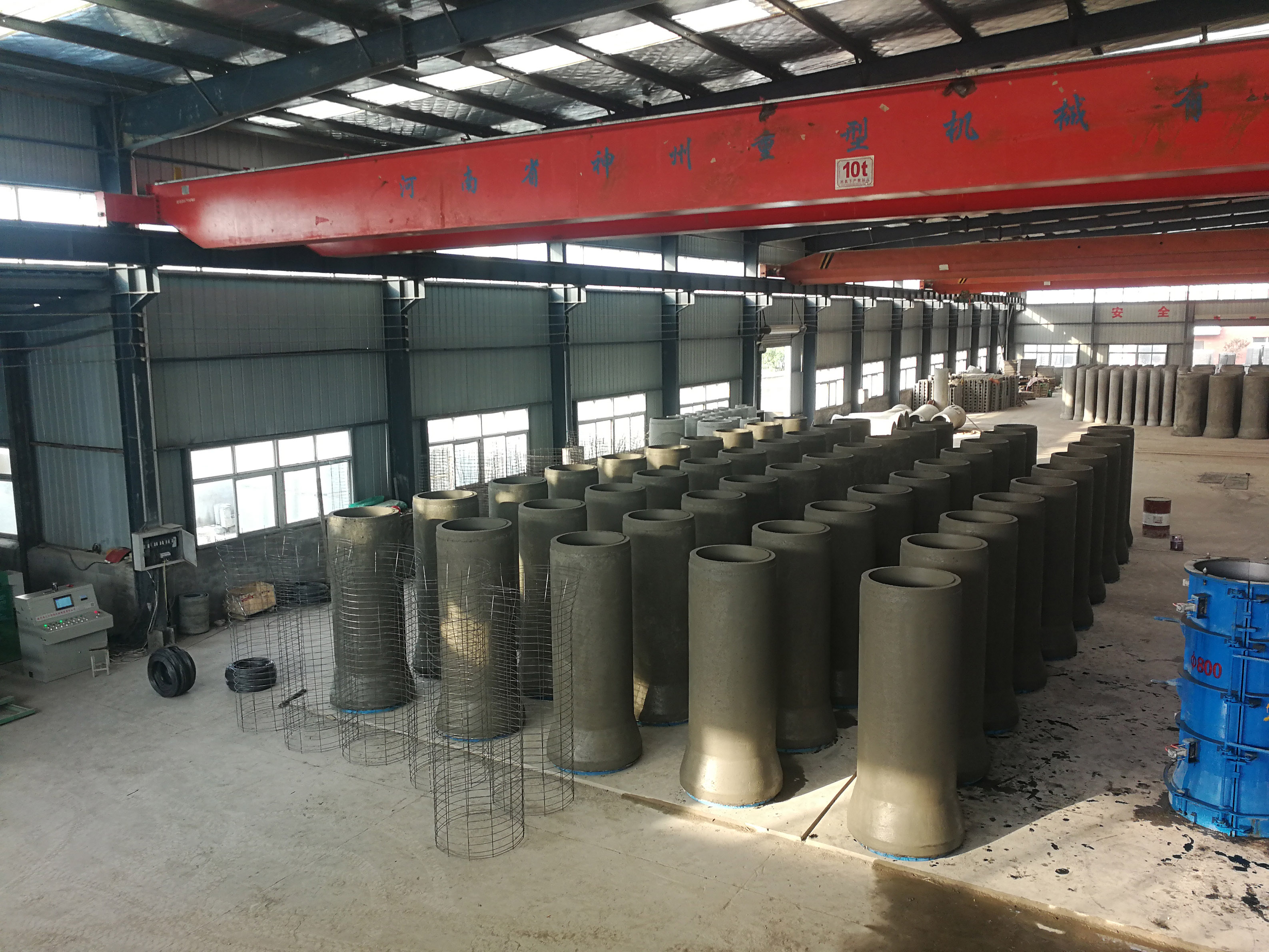sept. . 07, 2024 10:28 Back to list
High Quality Sand Casting Services for Precision Components
Understanding High-Quality Sand Casting A Comprehensive Overview
Sand casting is one of the oldest and most widely used metal casting processes. It involves creating a mold from sand, into which molten metal is poured to create intricate shapes and designs. When executed correctly, high-quality sand casting can produce durable and precise metal components, making it an attractive option for various industries, including automotive, aerospace, and heavy machinery.
Understanding High-Quality Sand Casting A Comprehensive Overview
Another critical factor is the mold-making process. A well-formed mold not only shapes the final product but also affects its surface finish and dimensional accuracy. The sand must be compacted tightly around the pattern to prevent any potential leakage of molten metal. Techniques such as ramming are employed to achieve the necessary density. Additionally, using high-quality patterns, whether made from wood, metal, or plastic, ensures that the castings reflect the intended design accurately.
high quality sand casting

Temperature control during the pouring and solidification stages is also vital. The molten metal must be poured at the correct temperature to ensure proper fluidity. If the temperature is too low, it may not fill the mold completely, resulting in voids; if too high, it can cause oxidation or contamination. Once poured, the cooling rates must be kept consistent to avoid warping or cracking in the final product.
Quality assurance processes play a pivotal role in high-quality sand casting. Regular inspections of both the molds and the castings themselves can help identify defects early on. Techniques such as X-ray or ultrasonic testing can be used to detect internal defects, ensuring that only components meeting the required standards are utilized.
Moreover, advancements in technology have significantly improved the sand casting process. The integration of computer-aided design (CAD) allows for more precise mold designs, while robotic systems can enhance both automation and accuracy during the casting process. These modern techniques help manufacturers reduce costs and increase the efficiency of the casting process without sacrificing quality.
In conclusion, high-quality sand casting is a meticulous process that relies on several interrelated factors the right sand composition, precise mold-making techniques, careful temperature control, and rigorous quality assurance measures. By adhering to these principles and leveraging modern technologies, manufacturers can produce reliable and accurately shaped metal components that meet the diverse needs of various industries.
-
Durable Centrifugally Cast Iron Water Main Pipe
NewsAug.11,2025
-
Centrifugally Cast Iron Water Main Pipes for Reliability
NewsAug.10,2025
-
High-Quality Centrifugally Cast Iron Water Main Pipes
NewsAug.09,2025
-
Durable Cast Iron Water Main Pipe & Drainage Solutions
NewsAug.08,2025
-
Buy Cast Iron Pipe: Premium Ductile Iron & Drain Solutions
NewsAug.07,2025
-
Durable Cast Iron Water Main Pipe | Buy Ductile Pipe
NewsAug.06,2025


